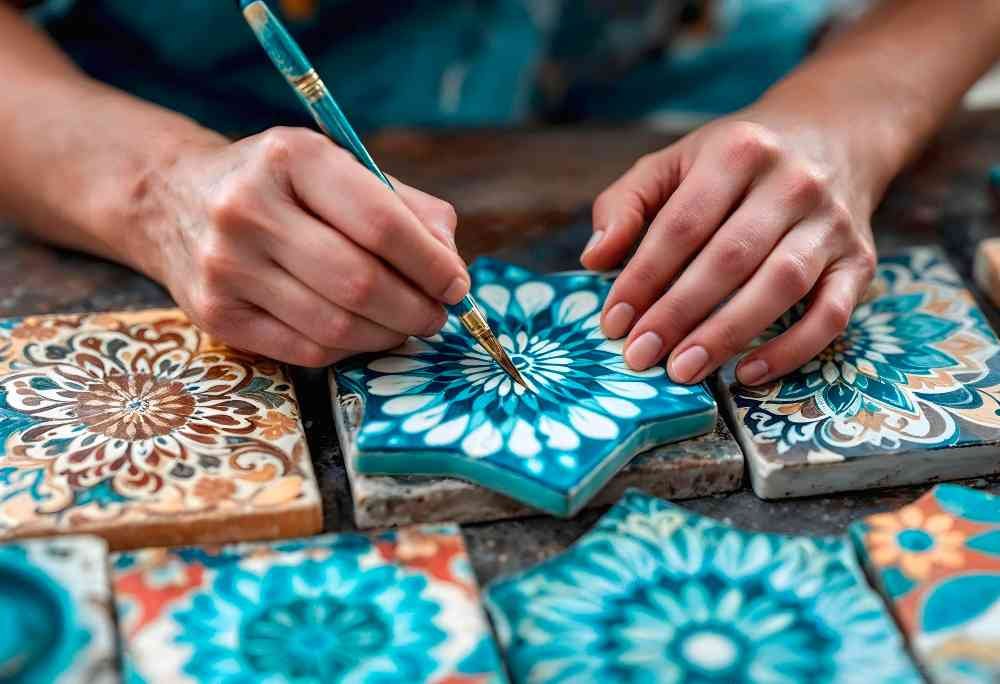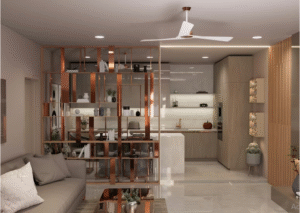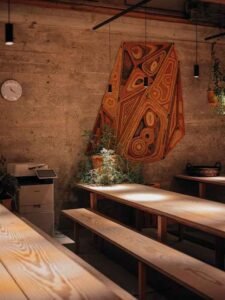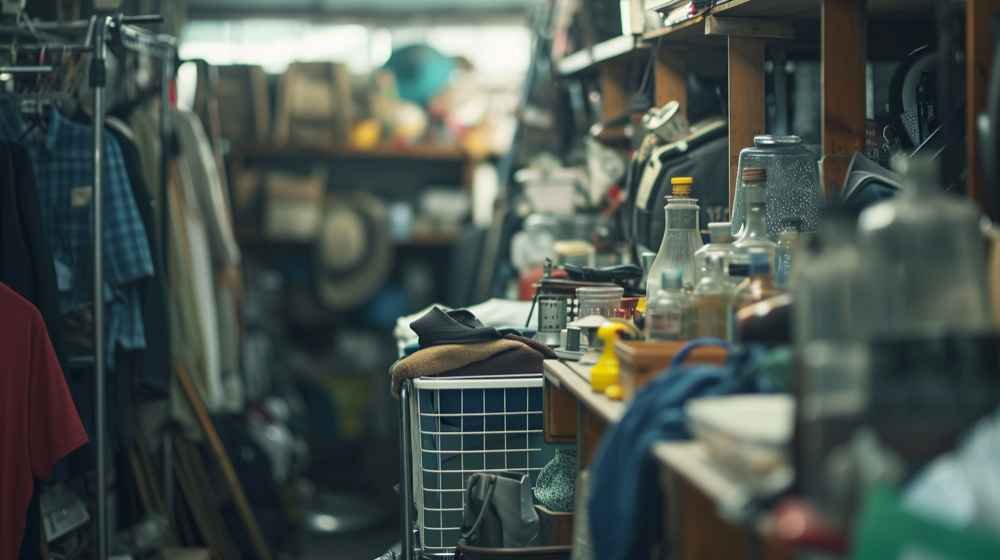There’s a lot of noise in interior design these days. Trends come and go. Everyone wants to follow the latest look, mimic something from a showroom, or copy what they saw online. But if you’re aiming for a space that actually feels personal and distinct, you have to dig deeper. Mass-produced materials won’t get you there.
This is where handmade tiles completely change the game.
They don’t just cover a surface. They bring stories, texture, and subtle imperfections that remind us something real and thoughtful went into the design. These tiles don’t scream for attention, but they absolutely shift the energy of a room.
The Human Touch Makes All the Difference
You can spot a handmade tile the moment you see it. It might be in the glaze that has a slight ripple, or the shape that isn’t factory-perfect. That irregularity is part of the charm. It’s proof that someone shaped, glazed, and fired each piece by hand.
In a world filled with straight lines and smooth finishes, the character of a handmade tile stands out. It’s not about being rustic or rough. It’s about authenticity. When someone walks into a room and notices a handmade tile wall or splashback, they’re noticing craftsmanship, not just colour or layout.
Mass-produced tiles are created for consistency. Handmade tiles are created for depth. That human element gives them warmth. No two are exactly the same, and that’s exactly the point.
They Age Beautifully
Some materials look great on installation day, then slowly fade into the background. Handmade tiles do the opposite. The longer they’re there, the more personality they seem to reveal.
The surface catches light in changing ways throughout the day. The tones shift depending on how you look at them. Over time, the tiles can develop even more patina, especially those with natural glazes or textural finishes.
In places like kitchens or bathrooms, where design often leans clinical or overly polished, handmade tiles soften the atmosphere. They hold onto their visual weight while still blending into the overall feel of the room.
They don’t just survive trends. They ignore them.
Where You Place Them Matters
Handmade tiles can’t be thrown around randomly. Their impact comes from how and where they’re used. Some people tile an entire wall with them for a bold statement. Others use them as a feature — around a fireplace, in a niche, or on a kitchen splashback.
They work best when they’re allowed to be the focal point or the subtle highlight. Think of them like art. You wouldn’t clutter a gallery wall with distractions, and the same thinking applies here.
You don’t need to tile an entire space to make it feel elevated. Just one area, carefully chosen, can carry the entire design narrative of the room.
The Design Possibilities Are Endless
What makes handmade tiles so appealing is how flexible they are. Designers and homeowners use them across styles, from minimalist spaces with soft neutrals to bold, Mediterranean-inspired interiors full of colour and pattern.
They can be:
- Glossy or matte – depending on the glaze and firing technique
- Flat or textured – some have raised designs, others are subtly uneven
- Plain or patterned – from solid colour tiles to ones with handpainted details
- Earthy or vibrant – whether it’s deep terracotta or bright cobalt blue
Because each tile is crafted individually, even a batch of the same colour will have variations in shade and tone. This results in a surface that feels rich and layered, instead of flat and mechanical.
That depth is something no printed pattern or digital texture can replicate.
Sustainability With Substance
Handmade tiles are not just beautiful, they also tend to come with a smaller environmental footprint. Many are made from natural clay and fired in small batches, often using traditional techniques passed down over generations. While mass production prioritises volume, small-scale tile makers often prioritise materials and quality.
There’s less waste, less energy-intensive processing, and a closer connection between maker and product. For anyone wanting to bring more ethical choices into their home design, this matters. You’re not just buying a tile; you’re supporting a slower, more thoughtful way of making.
And the longevity speaks for itself. Handmade tiles are built to last, both physically and visually. They don’t date quickly, and they don’t need replacing when a trend fades out.
What They Bring That Others Don’t
When you’re building or renovating a space, every element contributes to the feeling of it. Furniture, paint, lighting — they all play a part. But some materials go further. Handmade tiles are one of those rare touches that hold emotional value.
They invite you to look closer. They feel intentional. And they give a room a grounded quality, even when everything else is slick and new.
Here’s what they uniquely offer:
- Depth – through tone variation, glaze pooling, and shadow play
- Texture – their surface invites touch, which adds physical interest
- Character – irregular edges or brushstrokes show the maker’s hand
- Warmth – visual softness that offsets colder, modern finishes
- Quiet luxury – they never look overdone but always feel considered
There’s a reason they often become the most talked-about feature in a space. They do something that can’t quite be put into words, but people feel it.
Let the Tiles Speak for Themselves
Handmade tiles don’t need to compete. They don’t rely on logos or gimmicks. Their power is in their presence.
If your goal is to create an interior that reflects care, individuality, and depth, don’t overlook them. They’re more than decorative. They’re a physical reminder that beauty and soul can come from something as simple as clay and fire, shaped by human hands.
It’s not about perfection. It’s about meaning.
When Details Define a Space
Not every design choice will change how a room feels. But some do, and handmade tiles are one of them.
They add that subtle richness, the kind you don’t always notice immediately, but later realise made all the difference. They carry tradition, hold up to time, and quietly elevate every room they touch.
If you’re looking for something with soul, start here.
For more, visit our website Home Threads






